
Nephrolepis acuminata - Plant
(MRP Inclusive of all taxes)
- Shipping ₹79 for entire order
- Dispatch in 7 days
- Country of origin: India

(MRP Inclusive of all taxes)
 Save 29%
Save 29%
Air Purifier Money Plant with Pot The Air Purifier Money Plant, also known as Pothos or Epipremnum aureum, is a stunning indoor plant that...
View full details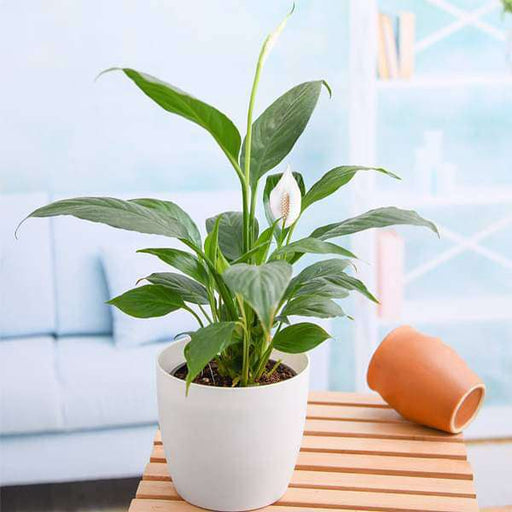
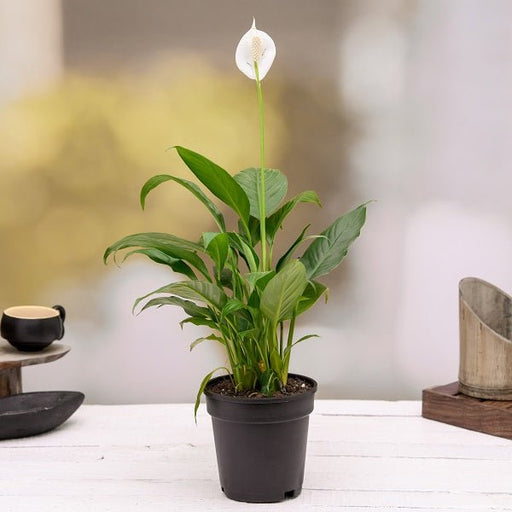 Save up to 15%
Save up to 15%
Peace Lily, Spathiphyllum - Plant The Peace Lily, scientifically known as Spathiphyllum, is a stunning houseplant celebrated for its elegant white...
View full details
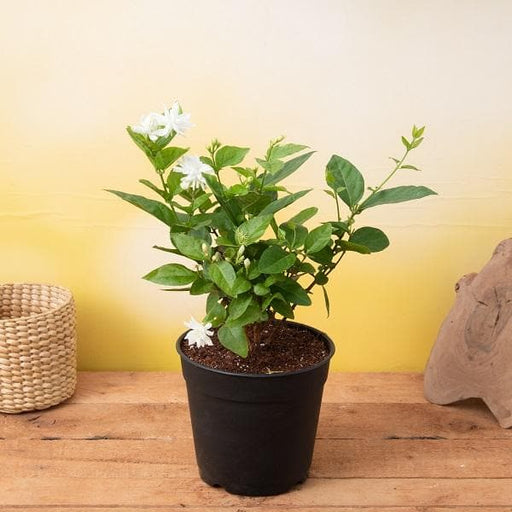 Save 25%
Save 25%
Jasminum sambac, Mogra, Arabian Jasmine - Plant Jasminum sambac, commonly known as Mogra or Arabian Jasmine, is a fragrant flowering plant...
View full details
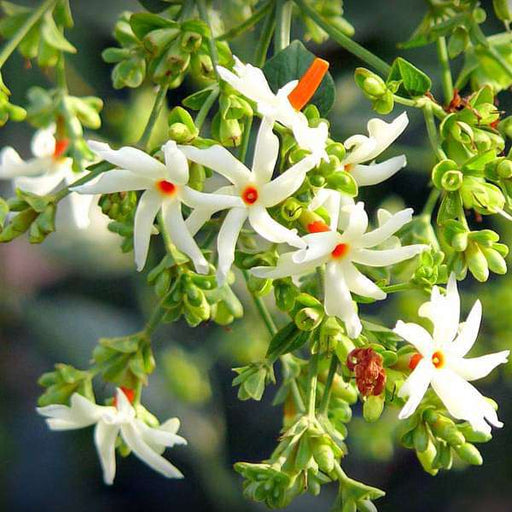 Save 18%
Save 18%
Combo Constituents Includes the Parijat Tree (Night-Flowering Jasmine), a culturally significant plant with fragrant flowers. Description The Pari...
View full details
 Save 25%
Save 25%
Miniature Rose, Button Rose (Any Color) - Plant The Miniature Rose, also known as the Button Rose, is a charming and compact flowering plant that ...
View full details Save 25%
Save 25%
Damascus Rose, Scented Rose (Any Color) - Plant The Damascus Rose, also known as Rosa damascena, is a timeless symbol of beauty and romanc...
View full details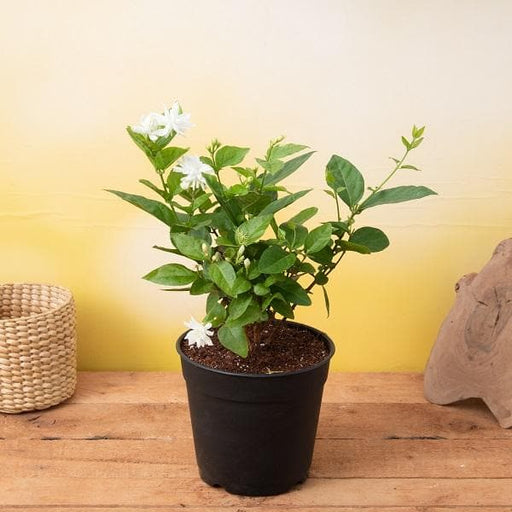
 Save 17%
Save 17%
Beautiful Fragrant Mogra, Arabian Jasmine Plant with Pot The Beautiful Fragrant Mogra, also known as Arabian Jasmine (Jasminum sambac), is...
View full details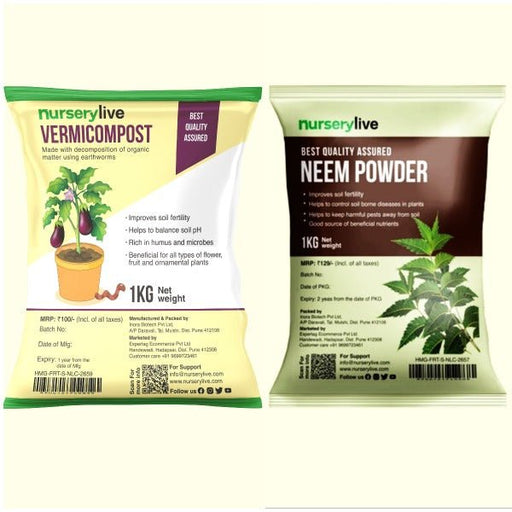 Save 15%
Save 15%
Pack of Vermicompost and Neem Cake for House Plants Transform your indoor garden with our premium Pack of Vermicompost and Neem Cake, spec...
View full details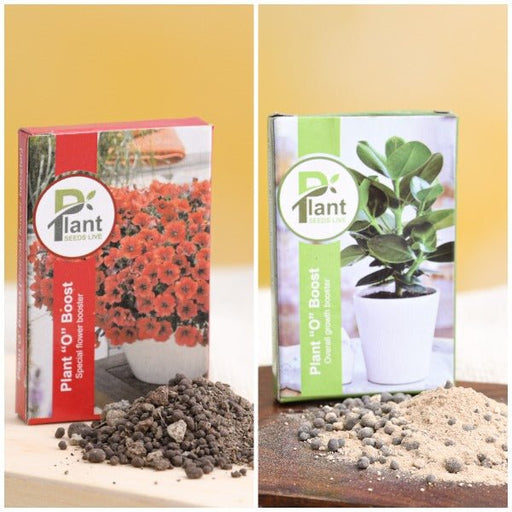
Pack of Plant Growth and Flower Boosters Unlock the full potential of your garden with our Pack of Plant Growth and Flower Boosters! This ...
View full details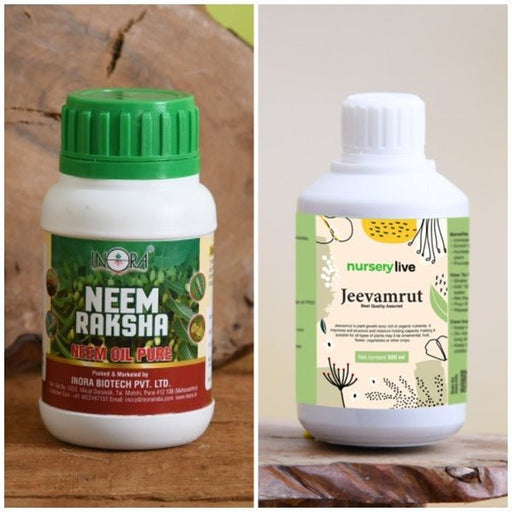 Save 38%
Save 38%
Combo of Jeevamrut and Neem Raksha for Easy Growth and Protection of Houseplants Transform your indoor garden with our exclusive combo of ...
View full details Save 22%
Save 22%
Plant Nutrients Kit (Pack of 16) for a Healthy Garden Transform your garden into a lush paradise with our Plant Nutrients Kit, featuring 1...
View full details Save 16%
Save 16%
Combo of Top Plant Fertilizers Elevate your gardening game with our exclusive Combo of Top Plant Fertilizers, featuring two bags of premiu...
View full details Save 24%
Save 24%
Pack of 4 Additives to Make Soil Healthy and Nutrient Rich Transform your garden into a thriving ecosystem with our Pack of 4 Additives de...
View full details Save 30%
Save 30%
Transform your gardening experience with our premium Combo of Perlite and Vermiculite. This unique blend is designed to enhance soil aeration and ...
View full details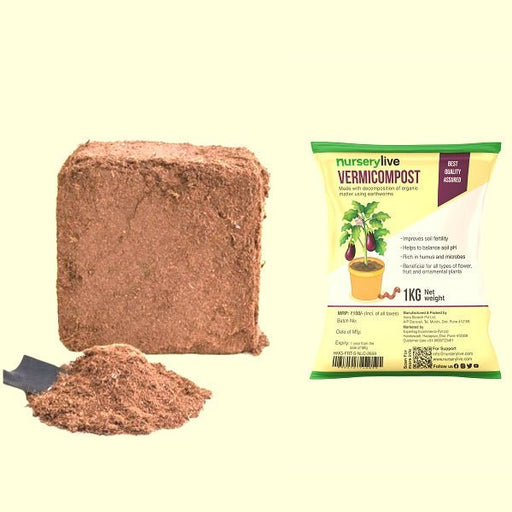 Save 27%
Save 27%
Combo of 2 Vermicompost and Cocopeat - Enrich Your Soil Naturally! Transform your garden into a thriving ecosystem with our Combo of 2 Ver...
View full details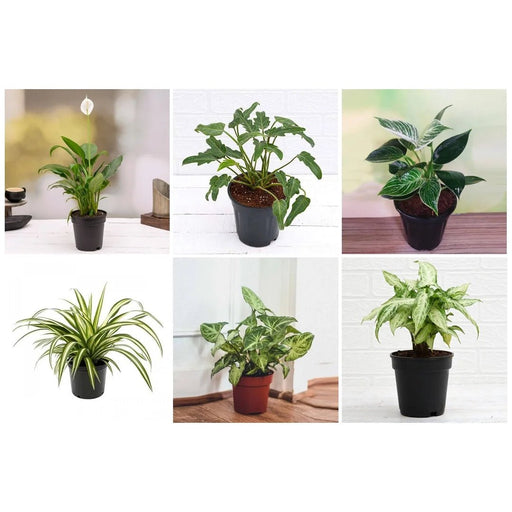
 Save 35%
Save 35%
Best 6 Plants for Perfect Indoor Garden Transform your living space into a lush oasis with our curated collection of the Best 6 Plants for a...
View full details
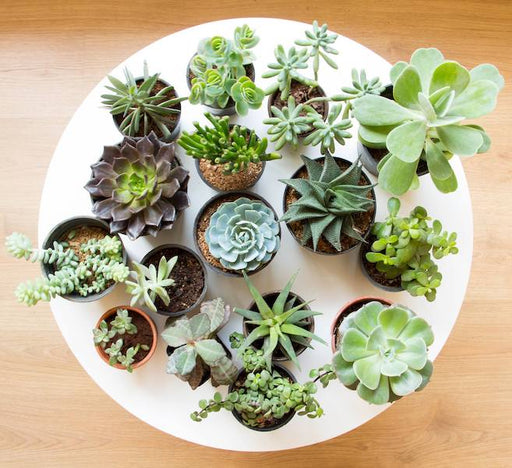 Save up to 50%
Save up to 50%
Mini Succulent Garden Pack Transform your space with our Mini Succulent Garden Pack, featuring a delightful collection of 4 any variety beautiful s...
View full details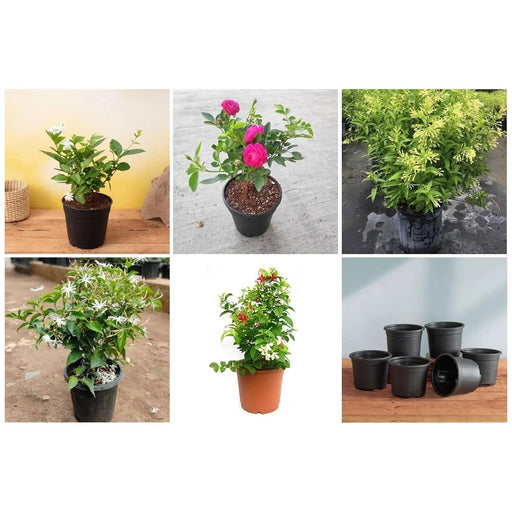
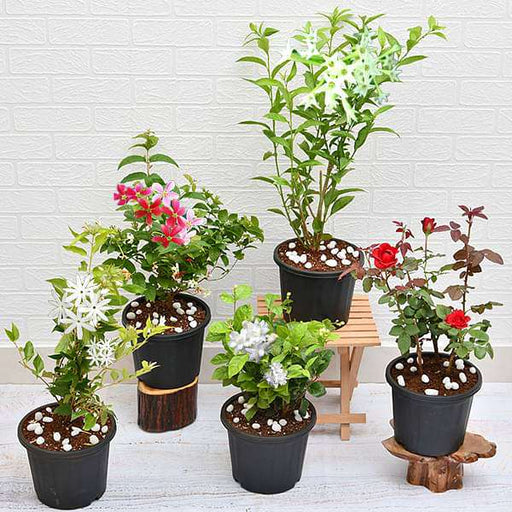 Save 30%
Save 30%
5 Best Fragrant Plants Transform your garden or indoor space into a fragrant paradise with our curated selection of the 5 Best Fragrant Plants. Th...
View full details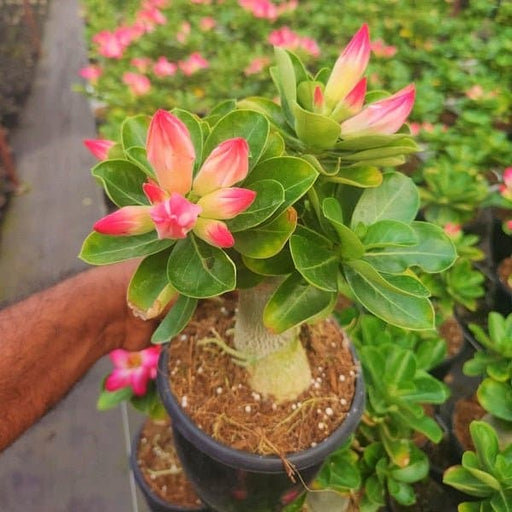
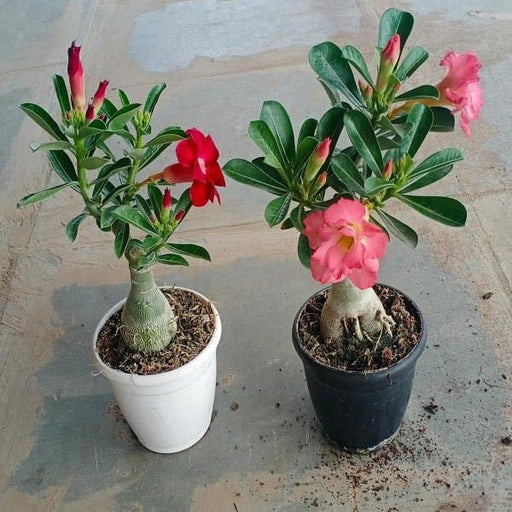 Save 24%
Save 24%
Set of 2 Bonsai Looking Grafted Adeniums Transform your indoor or outdoor space with our exquisite Set of 2 Bonsai Looking Grafted Adenium...
View full details Save 45%
Save 45%
Top 4 Die Hard Succulents Pack Transform your indoor or outdoor space with our Top 4 Die Hard Succulents Pack, featuring a curated selecti...
View full details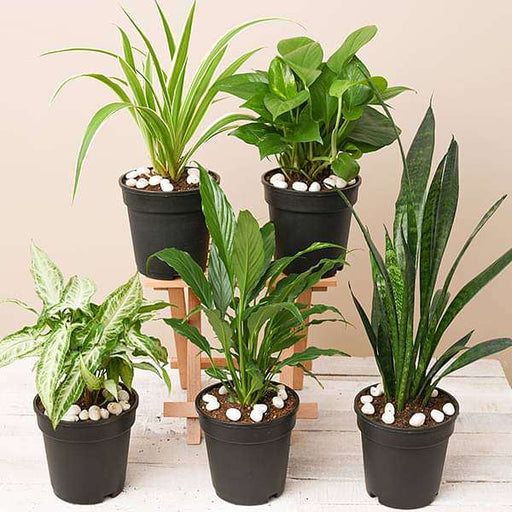
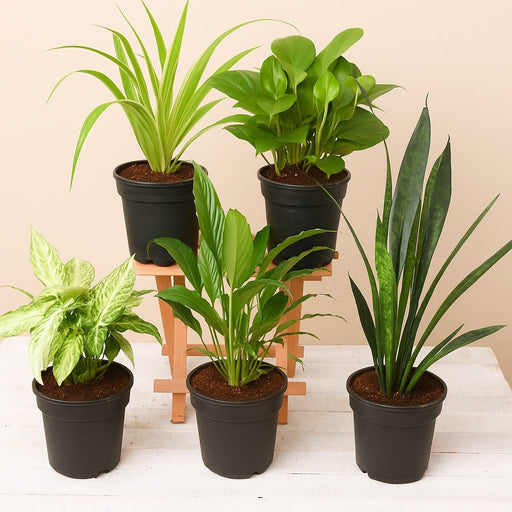 Save 30%
Save 30%
5 Best Indoor Plants Pack Transform your living space into a lush oasis with our '5 Best Indoor Plants Pack.' This carefully curated collection fe...
View full details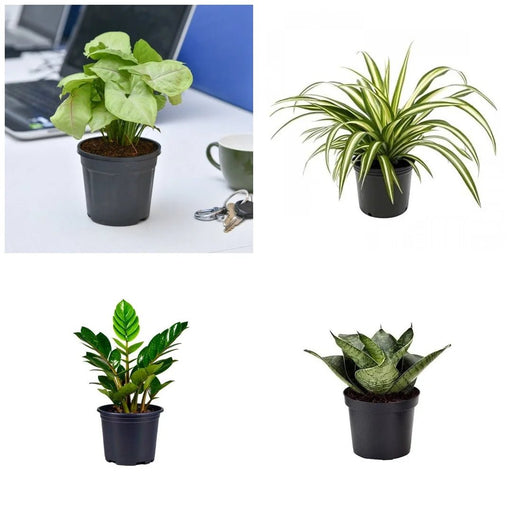
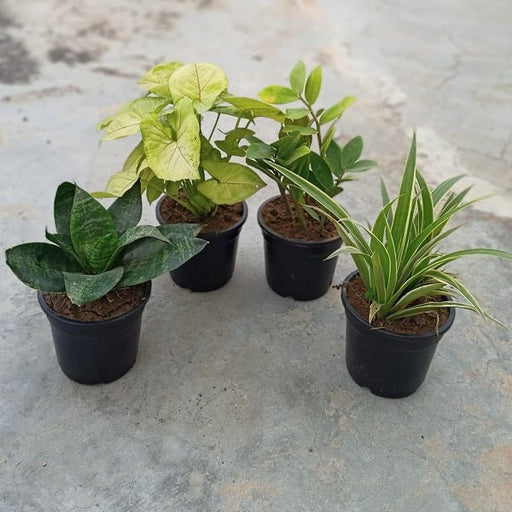 Save 25%
Save 25%
Set of 4 Evergreen Air Purifier Plant Pack Transform your indoor space into a lush, green oasis with our Set of 4 Evergreen Air Purifier Pla...
View full details| SrNo | Item Name |
|---|---|
| 1 | Nephrolepis acuminata - Plant |
Nephrolepis acuminata, commonly known as the Elegant Sword Fern, is a lush, evergreen fern native to tropical regions. With its long, arching fronds that can reach up to 3 feet in length, this plant adds a touch of elegance to any indoor or outdoor space. Its vibrant green foliage not only enhances aesthetic appeal but also contributes to improved air quality, making it a popular choice among plant enthusiasts.
What makes Nephrolepis acuminata special is its resilience and adaptability. This fern thrives in a variety of environments, from shaded gardens to humid indoor settings. Its ability to tolerate low light conditions while still maintaining its lush appearance makes it an ideal choice for beginners and seasoned gardeners alike.
One of the standout features of Nephrolepis acuminata is its unique frond structure. The finely divided leaflets create a delicate lace-like appearance, which adds texture and depth to any plant collection. Additionally, this fern is known for its air-purifying qualities, effectively removing toxins from the air and promoting a healthier living environment.
If you think caring for a plant is as easy as watering your houseplant and calling it a day, think again! Nephrolepis acuminata, also known as the sword fern, requires a bit more finesse. This leafy diva thrives in indirect sunlight and loves humidity like a cat loves a sunny spot. Keep the soil moist but not soggy, and watch out for those pesky pests! Treat her right, and she’ll reward you with lush, green fronds that will make your neighbors green with envy.
Want to multiply your Nephrolepis acuminata like rabbits? Propagation is the way to go! This fern loves to share its joy through division. Simply separate the root clumps and replant them in fresh soil. It’s like giving your plant a family reunion! Just remember, patience is key; these ferns take their sweet time to grow. But once they do, you’ll have a mini jungle in your living room, and who doesn’t want that?
Besides being a stunning addition to your home decor, Nephrolepis acuminata is a champion air purifier. This fern works tirelessly to filter out toxins, making your indoor air fresher than a mountain breeze. It’s like having a tiny environmentalist living in your home, silently fighting pollution while looking fabulous. Plus, studies suggest that having plants around can boost your mood. So, if you’re feeling down, just gaze at your fern and let its leafy charm lift your spirits!
If you thought all plants were sun worshippers, think again! Nephrolepis acuminata prefers a more laid-back approach to lighting. Direct sunlight? No, thank you! This fern enjoys bright, indirect light, like a celebrity avoiding paparazzi. Too much sun can scorch its delicate fronds, so find a cozy spot where it can bask in filtered light. Your fern will thank you with vibrant growth, and you’ll avoid the dreaded crispy leaf syndrome!
If you live in a dry climate, your Nephrolepis acuminata might just throw a tantrum. This fern craves humidity like a diva craves attention. Aim for a humidity level of at least 50%, or your plant might start looking a bit droopy. Misting, pebble trays, or even a humidifier can help create a tropical paradise for your fern. Remember, a happy fern is a healthy fern, and a healthy fern is a beautiful fern!
When it comes to soil, Nephrolepis acuminata is a bit of a snob. It prefers well-draining, rich, organic soil that allows its roots to breathe. Think of it as the plant equivalent of a luxury spa treatment. A mix of potting soil, peat moss, and perlite will do the trick. Avoid heavy soils that retain too much water, or your fern might just decide to take a permanent vacation.
Just when you thought your Nephrolepis acuminata was safe, here come the pests! Aphids, spider mites, and mealybugs can turn your fern’s lush fronds into a buffet. But fear not! A gentle wash with soapy water or neem oil can send these uninvited guests packing. Regularly inspecting your plant will help catch any infestations early. After all, a healthy fern is a happy fern, and we want to keep it that way!
Nephrolepis acuminata is a bit of a temperature diva, preferring a cozy range between 60°F to 75°F. Too cold, and it might sulk; too hot, and it could throw a fit. Keep it away from drafts and heating vents, or you might find your fern looking more like a wilted salad than a vibrant plant. A stable environment is key to keeping your fern happy and thriving!
Good news for pet owners! Nephrolepis acuminata is non-toxic to cats and dogs, making it a safe choice for your furry friends. You can let your pets roam freely without worrying about them nibbling on your beloved fern. Just remember, while it’s safe, it’s still a plant, and too much of anything can lead to an upset tummy. So, keep an eye on your curious critters, and let your fern flourish in peace!
Finding the perfect spot for your Nephrolepis acuminata is like playing a game of plant Tetris. It needs bright, indirect light and a bit of humidity, so consider placing it in a bathroom or kitchen where it can soak up the steam. Just avoid dark corners where it might feel neglected. A well-placed fern can become the star of your indoor jungle, adding a touch of elegance and a splash of green to your space.
In the world of ferns, Nephrolepis acuminata is like the cool kid at school. While other ferns may be content to blend in, this one stands out with its unique frond shape and lush appearance. It’s a versatile plant that can thrive in various conditions, making it a favorite among plant enthusiasts. So, if you’re looking for a fern that’s both stylish and easy to care for, Nephrolepis acuminata is your go-to choice!
Nephrolepis acuminata, also known as the sword fern, is a lush, feathery plant that loves to flaunt its green fronds. It’s like the diva of the plant world, thriving in humidity and shade, making it a perfect indoor companion. Just don’t expect it to sing; it’s more of a silent beauty!
Caring for Nephrolepis acuminata is like nurturing a drama queen. Keep it in indirect light, water it when the topsoil feels dry, and maintain humidity. It loves a good misting, so shower it with affection! Just remember, too much sun is a no-go; it prefers the cozy corners of your home.
Nephrolepis acuminata thrives in warm, humid environments, like a tropical vacation without the plane ticket. Aim for temperatures between 60-75°F and keep it in indirect sunlight. It’s a fan of well-draining soil, so don’t let it sit in water—unless you want to drown your fern dreams!
Absolutely! Nephrolepis acuminata is the ultimate indoor plant, bringing a touch of the wild indoors. It loves low light and humidity, making it perfect for your living room or bathroom. Just remember, it’s not a fan of drafts or direct sunlight—think of it as a plant that prefers a cozy nook!
Watering Nephrolepis acuminata is like keeping a pet goldfish; you don’t want to overdo it! Check the top inch of soil—if it’s dry, it’s time for a drink. Generally, once a week should do the trick, but adjust based on humidity. Just don’t let it sit in soggy soil; it hates that!
Nephrolepis acuminata can attract pests like spider mites and mealybugs, the uninvited guests of the plant world. Keep an eye out for webbing or white fluff. If they crash the party, a gentle wipe with soapy water or neem oil will send them packing. Your fern deserves a pest-free life!
Good news for pet parents! Nephrolepis acuminata is non-toxic to cats and dogs, making it a safe addition to your plant family. Your furry friends can frolic around it without fear of a botanical disaster. Just keep an eye on them; they might still think it’s a new toy!
Propagating Nephrolepis acuminata is like cloning your favorite celebrity—easy and rewarding! Simply take a healthy frond and place it in water or soil. Keep it moist and warm, and soon you’ll have a mini fern army. Just remember, patience is key; good things come to those who wait!
Nephrolepis acuminata is a moderate grower, not a speed demon. With the right care, it can grow several inches a year, adding lushness to your space. It’s not a race; it’s about enjoying the journey of watching your fern flourish. Just give it time, and it’ll reward you with its beauty!
Yes, Nephrolepis acuminata is the low-light champion! It can thrive in indirect light, making it perfect for those dim corners of your home. Just don’t leave it in complete darkness; even the best plants need a little light to shine. Think of it as a plant that prefers a cozy candlelit dinner!
Nephrolepis acuminata can face a few foes, like root rot and leaf spot. Overwatering is the main culprit for root rot, while leaf spot can be caused by fungal infections. Keep an eye on your fern, and if you spot any issues, act fast! A little TLC goes a long way in plant health!